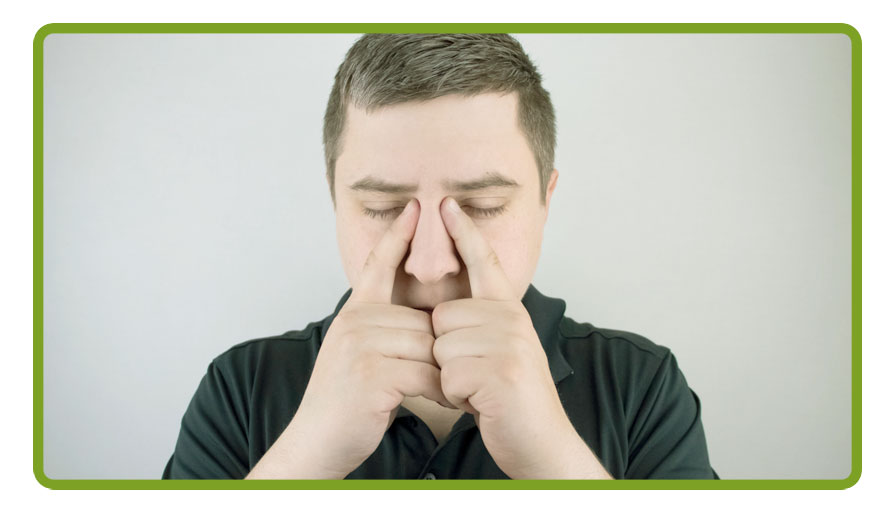Nasal Specific Technique
Nasal Release Technique is a powerful structural technique that adjusts the bones of the skull. This was developed by Dr. J. R. Stober of Portland. The procedure uses a small finger cot affixed to an inflatable device which is inserted into the nasal passages. The balloon inflation presses outward against the bones lining the breathing passages and adjusts the sutures of the skull, particularly the sphenoid. This ultimately relieves the forces that have gone into the skull by releasing any impactions in the cranial sutures.

One of the confusions of this therapy are the multitude of names for it—Endonasal Technique, Cranial Facial Release, Nasal Cranial Release, Bilateral Nasal Specific Technique, Functional Cranial Release, and Neurocranial ReStructuring Nasal Specific Technique. These have all been used to describe the procedure.
How does the procedure work?
When there is trauma to the face ie: motor vehicle accident, falls, boxing/martial arts, concussion, birth trauma etc. occurs, the bones of the skull are impacted by the force. When the skull is not in proper alignment, the rest of the body will attempt to compensate by changing the way we move. This can create poor posture, breathing difficulties, chronic pain, headaches/ Migraines, and even depression. Nasal Release Technique places the bones in better alignment, which optimizes the neurotransmitter activity throughout the Central Nervous System.
What can I expect from a treatment?
Nasal Release Technique is performed using a finger cot affixed to a blood pressure bulb. The finger cot is placed in between the nasal turbinates. The blood pressure bulb inflates the cot, which expands inside the nasal passage. The patient takes a deep breath and holds it. Then the finger cot is gently inflated, making its way into the nasopharynx, causing it to widen.
Indications
- ~Concussion and other head injuries
- ~Headaches, head pressure, migraines
- ~Low energy, Fibromyalgia, chronic fatigue
- ~Muscle spasms, neck and shoulder pain
- ~Poor concentration and focus
- ~PTSD
- ~Sinusitis, sleep apnea, snoring, other breathing and sinus disorders
- ~Tinnitus (ringing in the ears)
- ~Traumatic Brain Injury
- ~TMJ (mouth, head and jaw pains)
- ~Vertigo and other balance problems
- ~Whiplash Syndrome
Symptoms that may respond to Therapy
- ~Headache or facial pain/pressure
- ~Congestion or fullness/Allergies
- ~Vertigo
- ~Balance Problems
- ~Snoring or Sleep Apnea
- ~Breathing Problems
- ~TMJ
- ~Nasal obstruction or blockage
- ~Loss of smell
- ~Types of Sinusitis
- ~Neck Pain
- ~Ringing in the Ears

